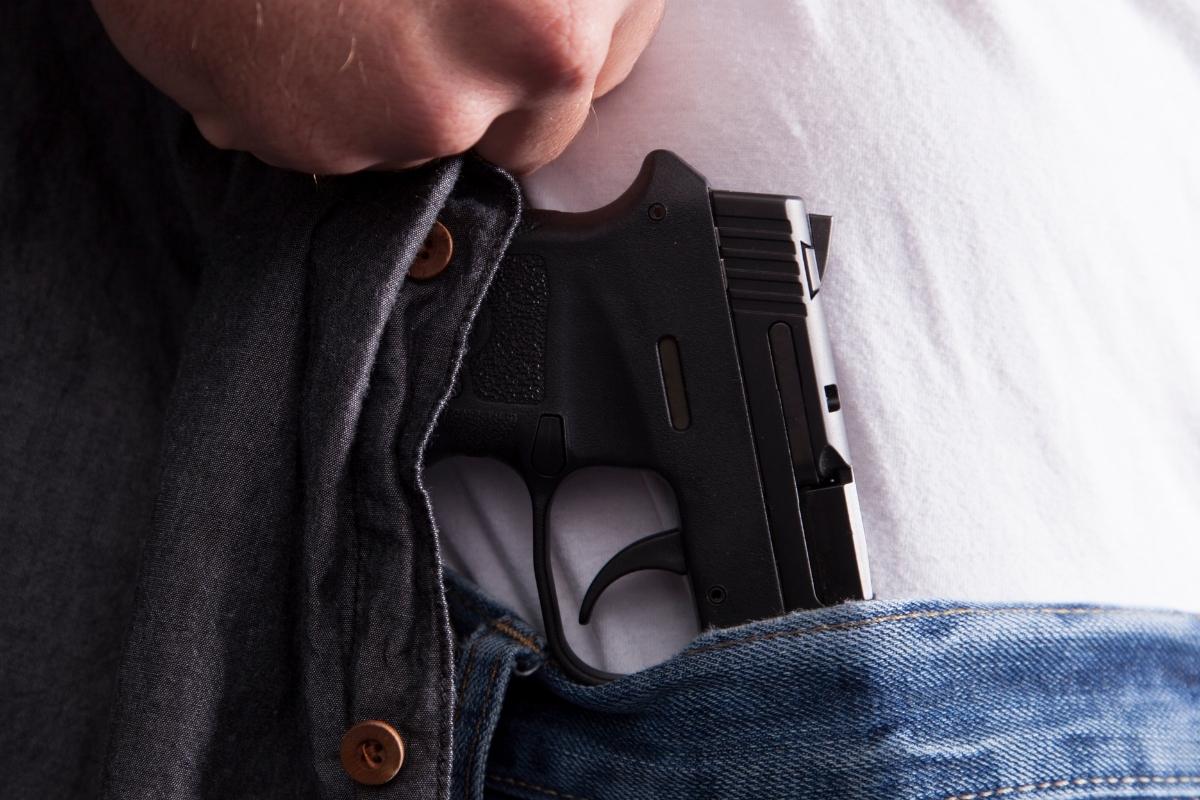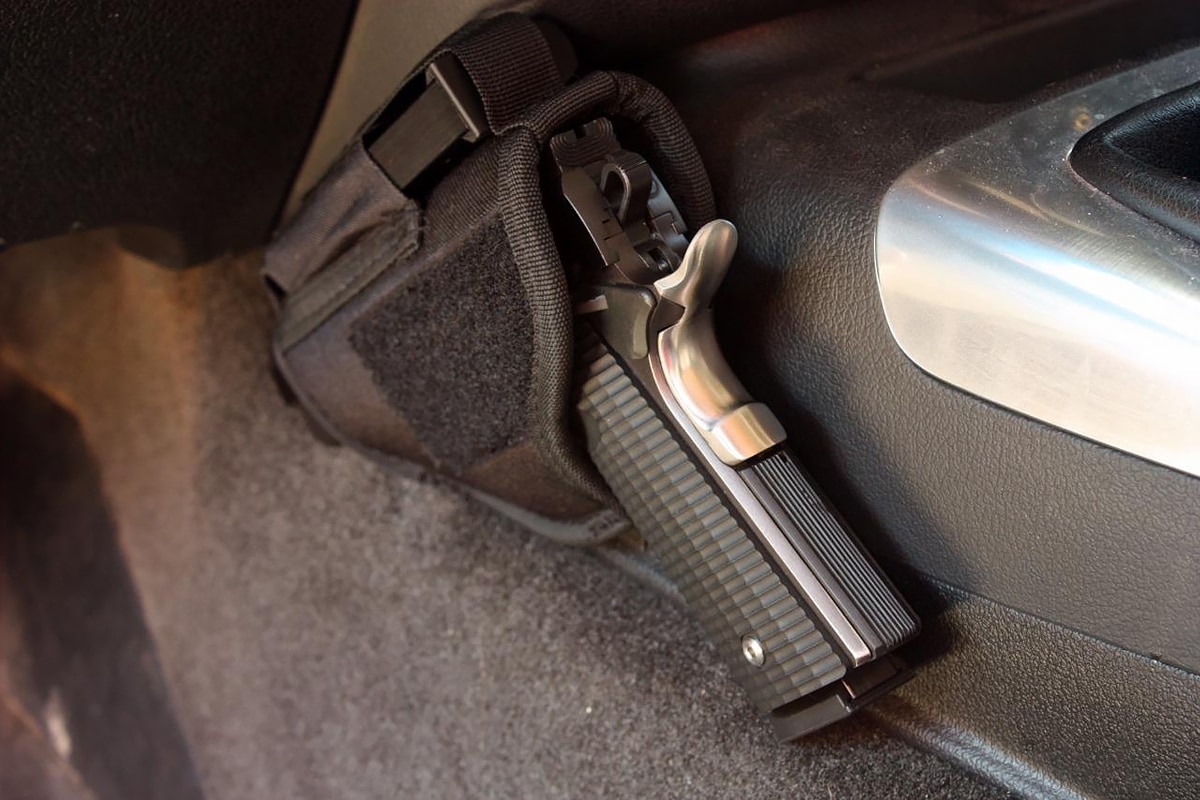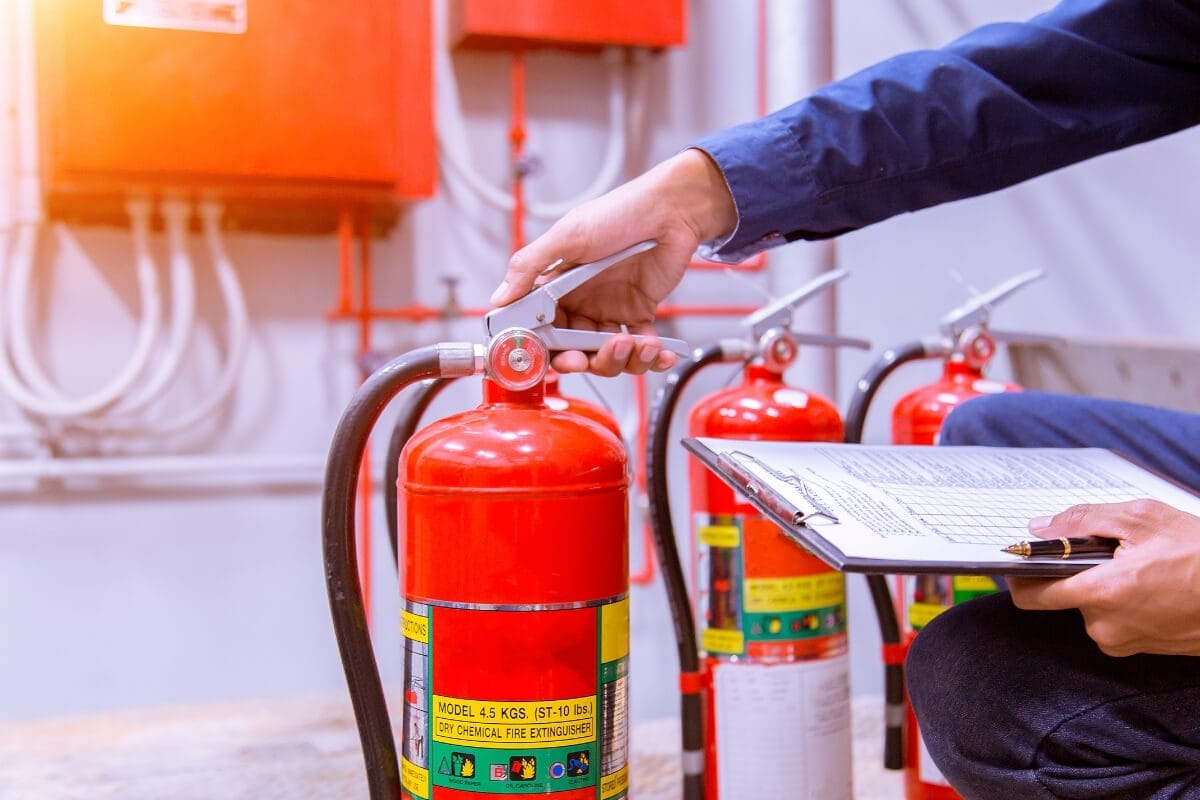Firearm safety rules may seem obvious, but they’re worth repeating for a very good reason. According to the latest statistics from the CDC, there are nearly 500 unintentional firearm deaths each year in the United States. Unintentional firearm injuries account for nearly 40% of non-fatal firearm injuries but less than 2% of all gun deaths.
It’s therefore critical that all members of a gun-owning household should be familiar with the fundamentals of firearm safety and that weapons and ammunition must be stored in well-secured gun cabinets or gun safes when not in use. Here are the basic rules of firearm usage and storage.
Using Firearms
Assumptions may be bad in most areas of life, but with firearms, one assumption can prevent an injury or save a life. That assumption is “assume that a gun is loaded.” Doing so will help ensure that you take proper precautions when handling a weapon.
Always be aware of the direction in which a gun is pointed. In most circumstances, keeping the gun muzzle pointed at the ground, and away from feet, of course, will be the safest position.
Unless you have identified a target and are preparing to shoot, keep your trigger finger not only off the trigger but also outside of the trigger guard. Except when you’re preparing to fire, keep a gun unloaded and its action open.
When handling a firearm in the presence of other people, verify that the weapon is unloaded and the action is open before handing it to someone else.
With regard to targets, the first rule of gun safety is: clearly identify what and where you’re shooting. This applies to both the target and the area around and behind it.
Don’t fire a gun directly into the air. Doing so is a felony in some states. What goes up must come down, and a descending bullet could cause injury or death. With each gun you own, use only compatible, manufacturer-recommended ammunition.
Care and maintenance of one’s guns is another important part of gun safety. Clean your guns regularly and check them for signs of corrosion or wear.
Storing Firearms
Keeping one’s firearms in a gun safe is not just a matter of theft prevention. It’s also an issue of firearm safety. Approximately 4.6 million U.S. children live in homes where loaded and unlocked guns are present.
Many studies have shown that the risk of gun accidents is dramatically lower in homes where guns and ammunition are locked in separate gun safes. Buying gun or handgun safes and providing firearm safety training to all household members is thus critically important in preventing accidental gun injuries or fatalities.
If you choose to display your guns in a gun cabinet, keep all ammunition stored in a gun safe. Smaller guns that are used for self-defense should be stored in a quick access handgun safe, not in a desk drawer or beneath a pillow or mattress.
In conclusion, firearm safety is as important as it can get. These two simple tips for firearm safety can significantly help reduce the number of injuries and fatalities caused by unintentional gun issues.









